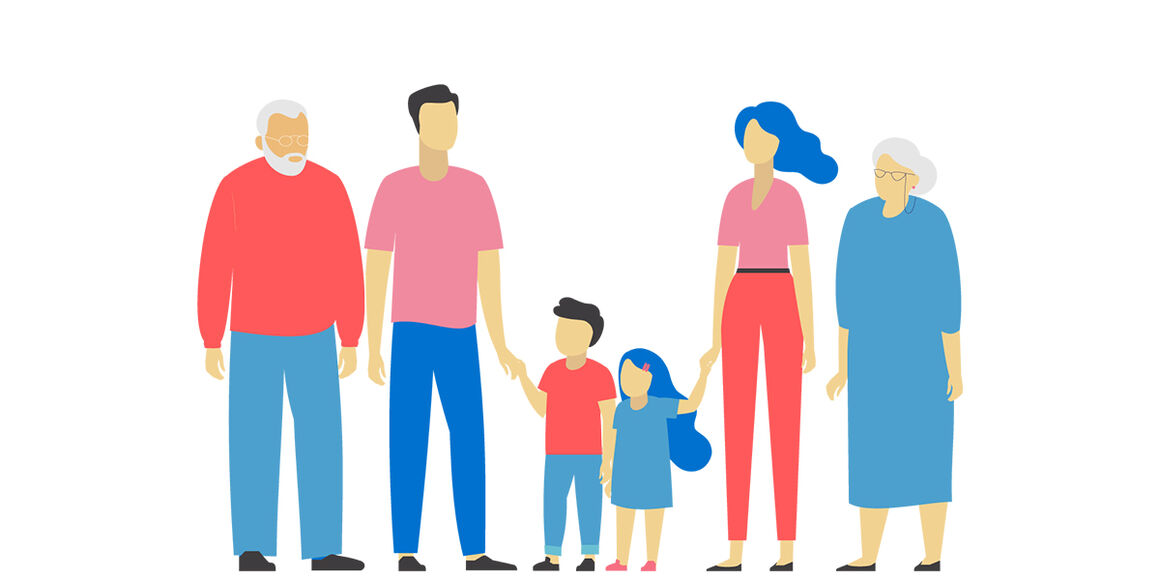Whooping cough (pertussis)
What is whooping cough?
Whooping cough, also known as pertussis, is a highly infectious bacterial disease involving the lungs and airways. It is caused by bacteria in the mouth, nose and throat of an infected person.
At a glance: Whooping cough in Europe
- A disease of the airways caused by bacteria
- Whooping cough spreads through the air
- Can cause serious complications, especially in children
- Over 30 000 cases and 10 deaths every year
- Vaccination can prevent whooping cough and the complications it can cause.
Find out more about whooping cough vaccines in your country.

What are the symptoms of whooping cough?
Symptoms usually appear 7 to 10 days after infection, but may also appear up to 21 days later:
- Initially, symptoms resemble those of a common cold (sneezing, runny nose, low-grade fever and a mild cough).
- Within two weeks, the cough becomes more severe and is characterized by episodes of numerous rapid coughs, followed by a crowing or high-pitched ‘whoop’. These episodes frequently end with the expulsion of a thick, clear mucous, often followed by vomiting. They initially occur at night and then become more frequent during the day and may recur for one to two months.
- In young infants the typical 'whoop' may never develop, and the coughing fits may be followed by brief periods when breathing stops. After this phase, the coughing fits become less frequent and less severe, and the infant gradually gets better (this can take up to three months).
Adolescents, adults, or children partially immunised generally have milder or somewhat different symptoms. In these groups, and in very young infants, whooping cough is harder to diagnose.
What are the complications of whooping cough?
The most severe forms of whooping cough are in infants. Whooping cough in unvaccinated infants or infants whose mother was unvaccinated can be particularly severe. Complications include pneumonia, encephalopathy (a disease of the brain), seizures and even death.
In adults and older children, complications include inability to breathe for short periods, broken ribs, rectal prolapse and hernias.

How is whooping cough spread?
Whooping cough is spread via airborne droplets produced when the infected person coughs. Whooping cough can also be spread by an individual who has only a mild form of the disease, or by an infected individual who has no symptoms at all. Frequently, older siblings and parents who may be carrying the bacteria bring the disease home and infect an infant in the household.
Who is at risk of whooping cough?
Anyone who is not vaccinated with the whooping cough vaccine, or whose vaccination status is not up-to-date, is at risk of contracting the disease.

How can whooping cough be prevented?
The most important way to prevent whooping cough is through complete immunisation. The vaccine for whooping cough is usually given in combination with diphtheria and tetanus vaccinations (often in combination also with poliomyelitis, Haemophilus influenzae and hepatitis B vaccination). A primary course of 2-3 doses is usually given between two and twelve months of age, in accordance with the national vaccination schedule. A third or fourth dose is recommended at 11-24 months of age, and another dose between three and seven years of age.
Some EU/EEA countries recommend boosters for adolescents, adults, and/or women during pregnancy, which also temporarily protects the baby once it is born. Some countries also recommend a booster to unprotected women soon after they have delivered, to reduce the risk of transmission of the disease to the baby.
How is whooping cough treated?
Antibiotics can be used to treat whooping cough and prevent further spread of the disease. However, in order to be most effective, treatment must begin early in the course of disease, during the first one to two weeks before the episodes of numerous rapid coughs occur.
For more information check the ECDC website: https://www.ecdc.europa.eu/en/pertussis/facts
Note: The information contained in this factsheet is intended for the purpose of general information and should not be used as a substitute for the individual expertise and judgement of a healthcare professional.
More factsheets
Chickenpox (varicella)
Key facts on chickenpox (varicella), symptoms, complications, risk factors, how it spreads, prevention, and treatment.
Dengue
Dengue fever is a viral infection that is spread to humans through bites from infected mosquitoes.
Diphtheria
Key facts on diphtheria, symptoms, complications, risk factors, how it spreads, prevention, and treatment.
